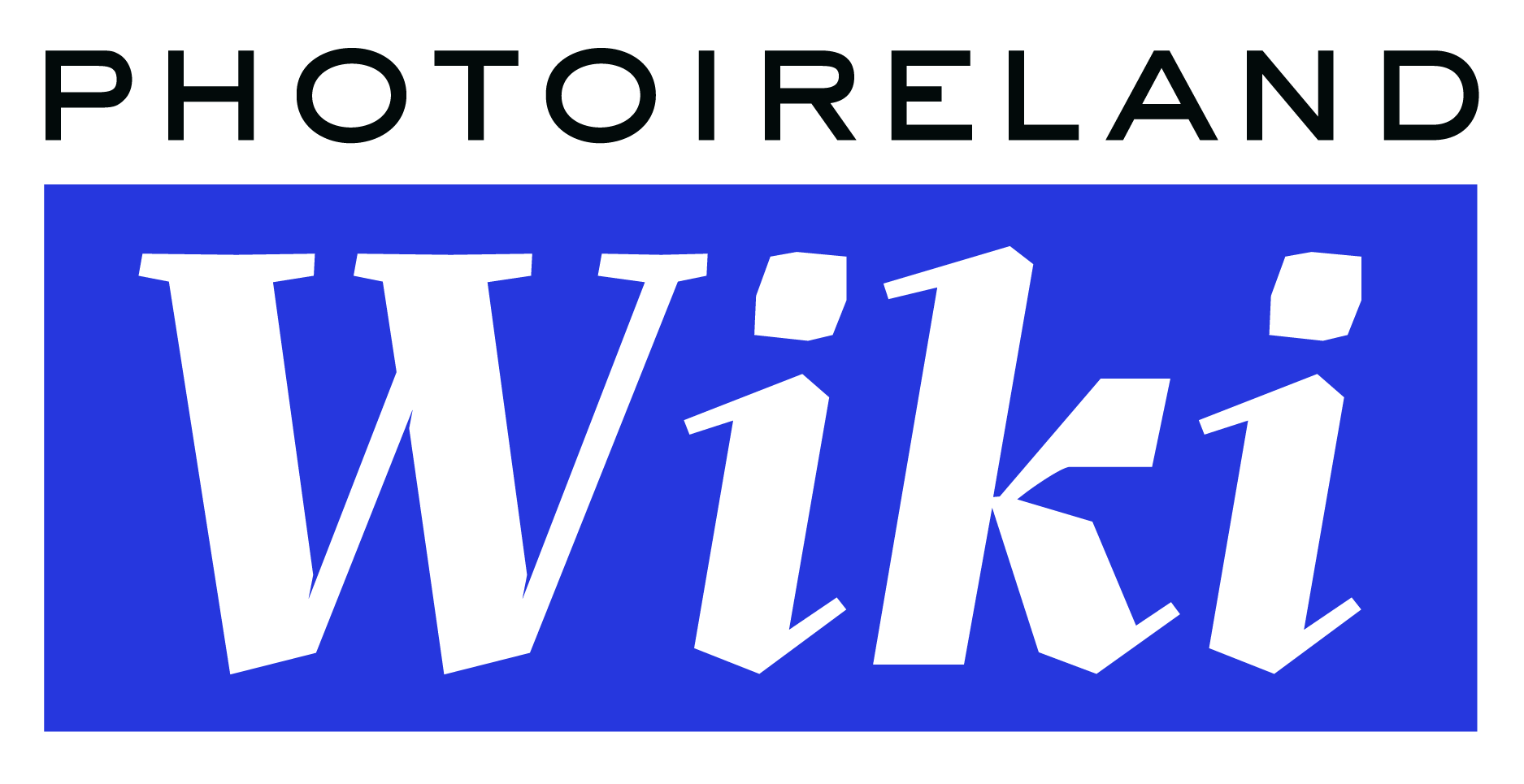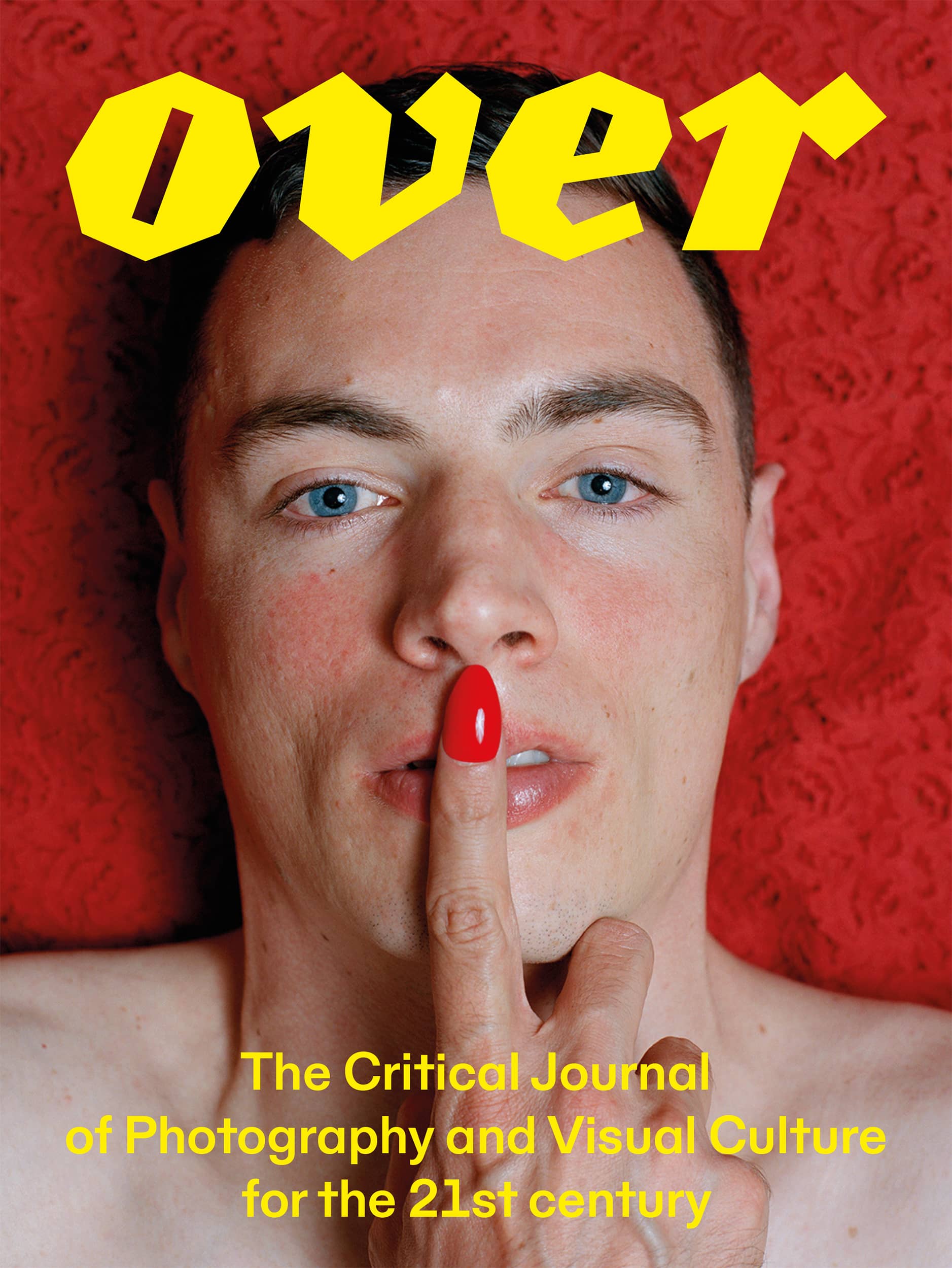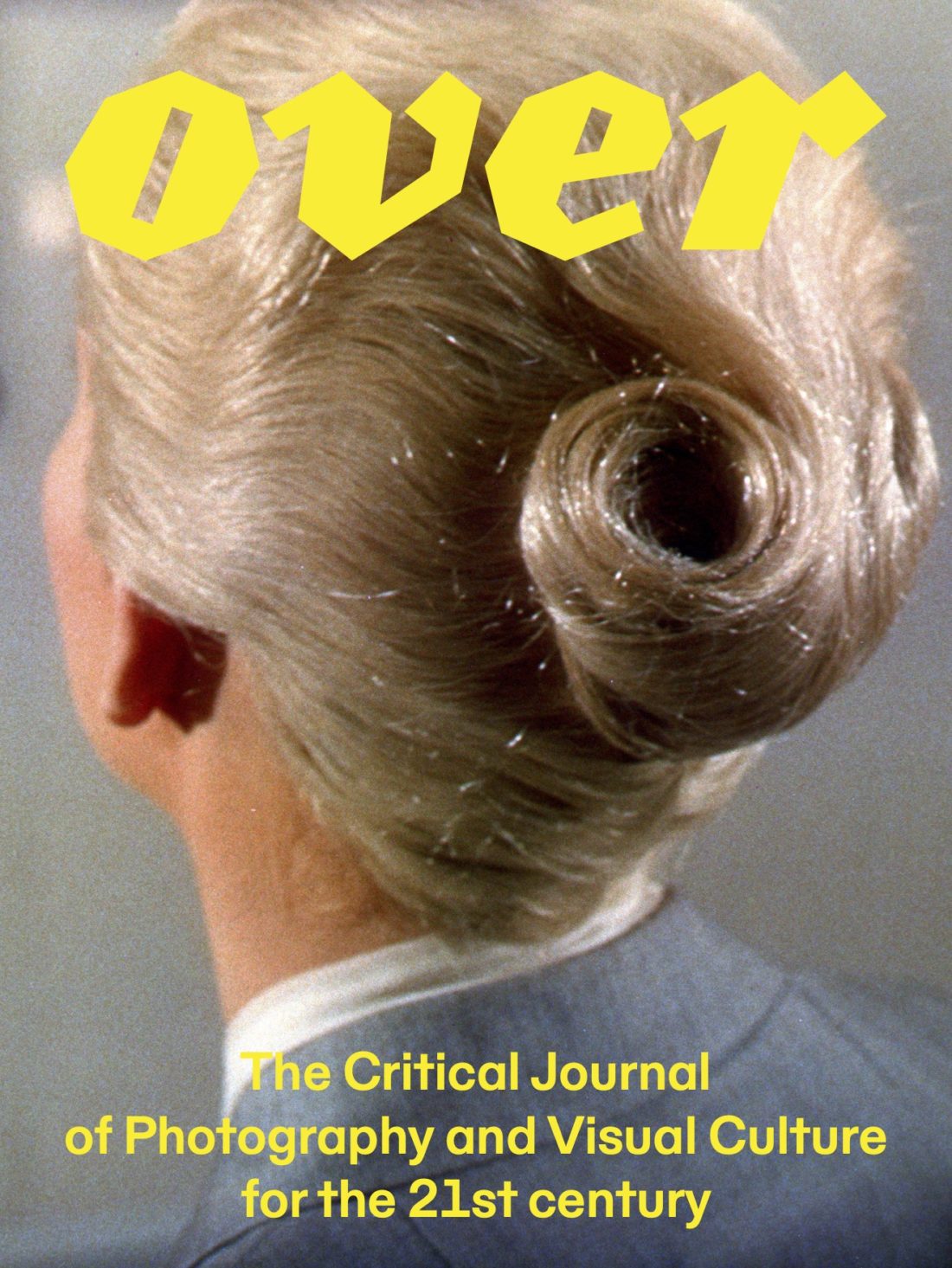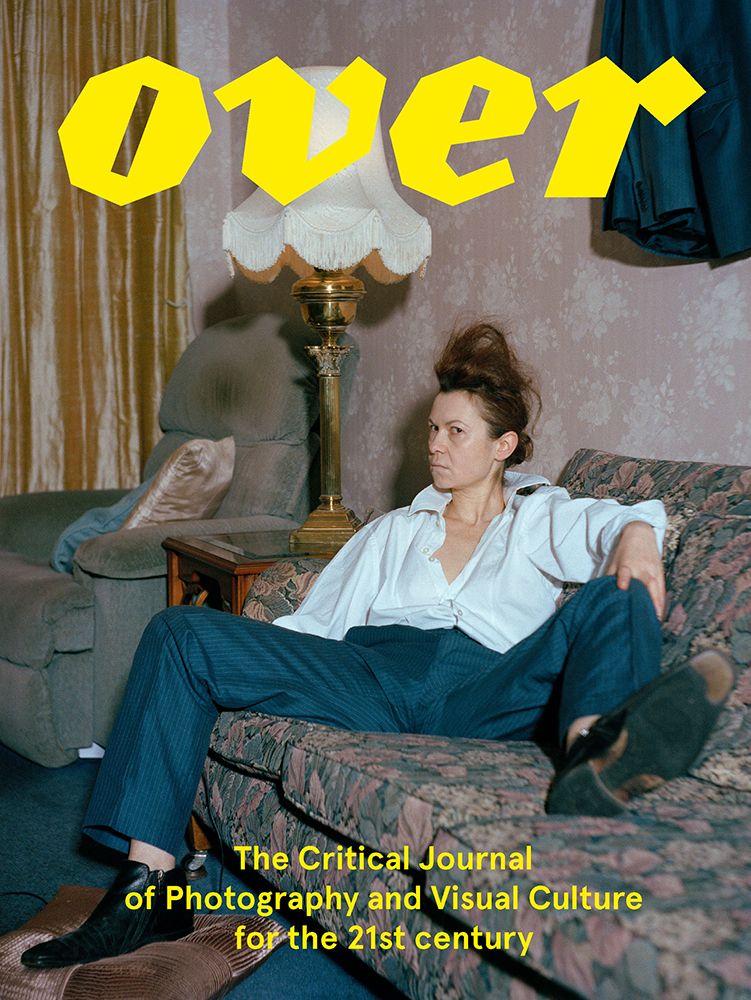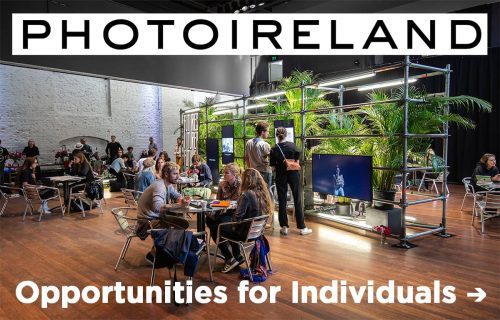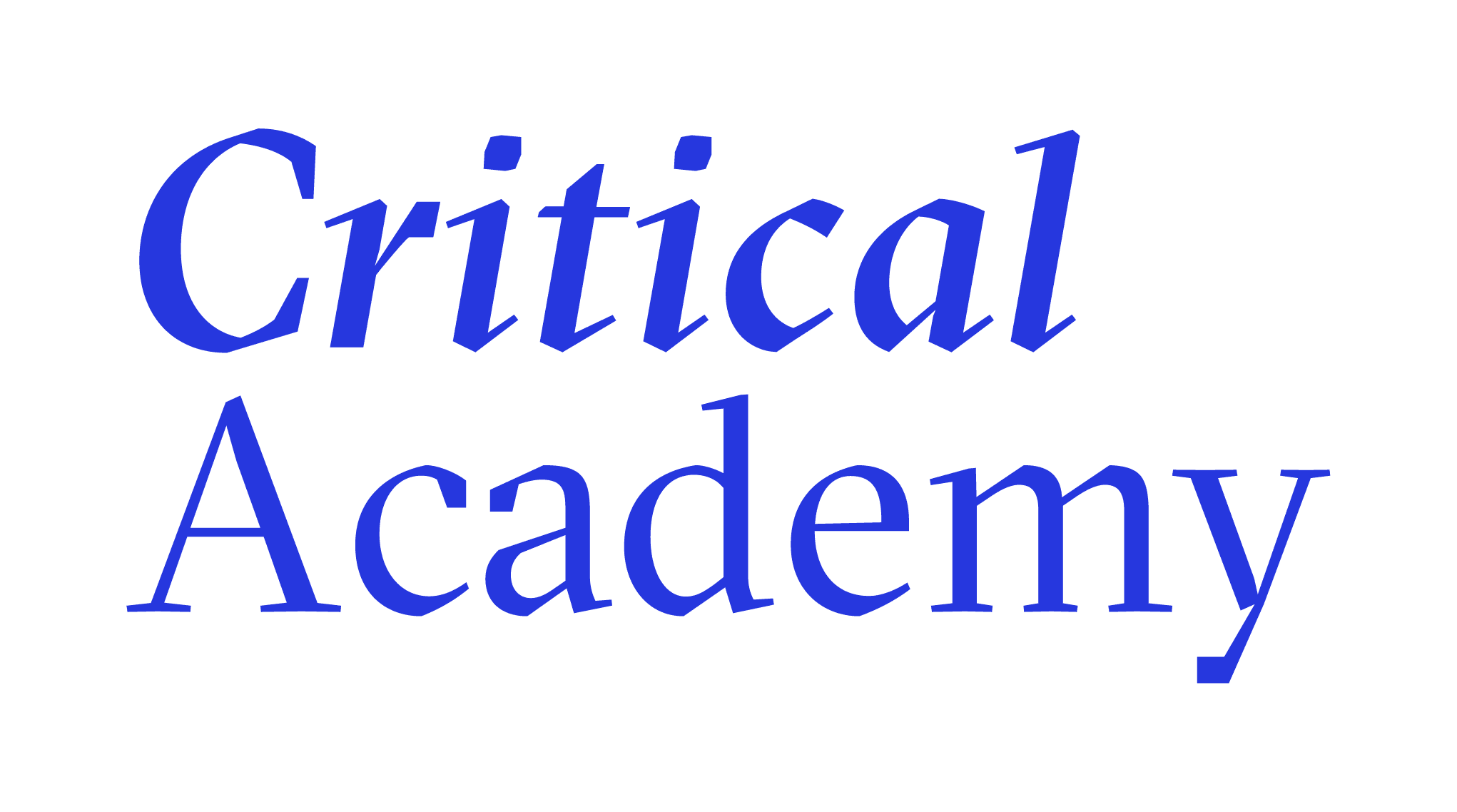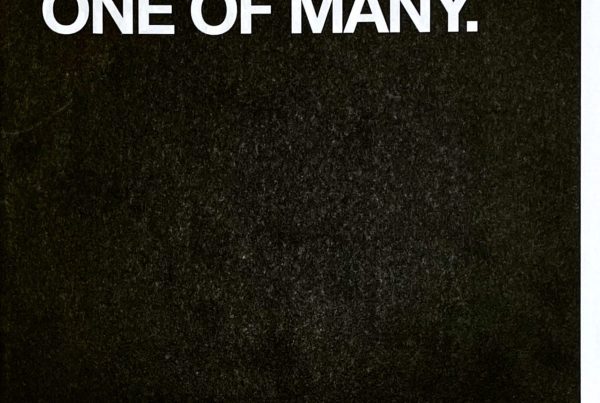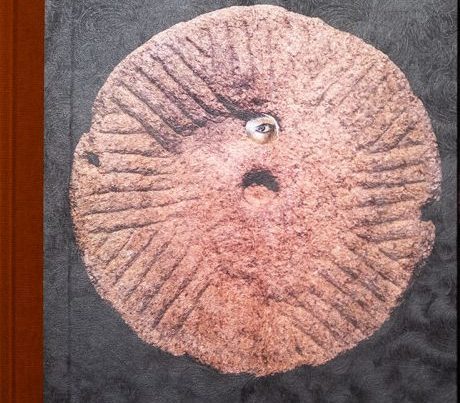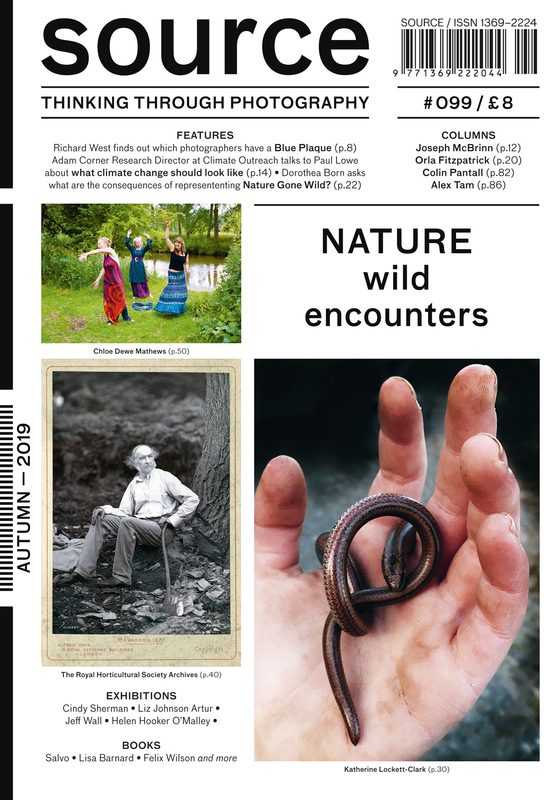
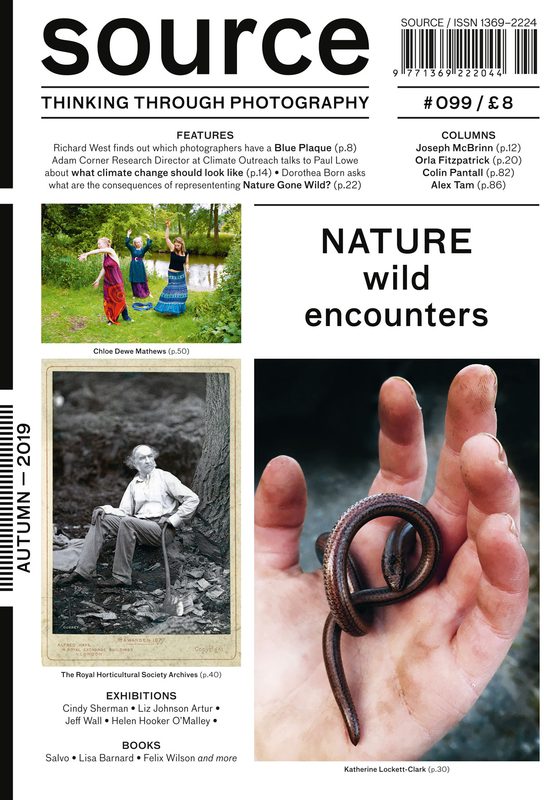
Cover
Source
Autumn 2021: Issue 106
English
Edited by John Duncan and Richard West.
Softcover
86 pages
310 x 220 mm
2021
ISSN 13692224
There are many different ideas wrapped up in our concept of Nature. It is different from us and our culture: irrational, unpredictable and dangerous. Or maybe not as different as all that? As Dorothea Born writes, these concepts are embedded in the images we have used to depict climate change but their power to elicit an emotional response from us is not sufficient to help us understand a global problem. She says that to tackle climate change we will need new conceptions of Nature.
About the Artists
One response to this challenge already exists in the form of a picture library called Climate Visuals. Paul Lowe talks to Adam Corner about the basis on which pictures are selected for the library and the effect they aim to achieve. Research was conducted to gauge how people respond to photographs that depict climate change and this has been distilled into seven principles. The ambition is to change the way the media represent climate change with these principles as a guide to good practice.
One of Adam Corner’s principles is ‘show climate causes at scale’ by which he means large scale. But part of the problem is that we have less physical contact with the natural world and one of the things we long for is the human scale encounter, as shown in Katherine Lockett-Clark‘s series A Bird in the Hand. This was made on a one acre smallholding, surrounded by a large mixed farm and woodland in rural North Devon where the photographer is based. For Lockett-Clark the work came out of a desire to ‘engage with nature in order to refocus a sense of identity’. Making the work was a collaboration with her husband and two young children: ‘More often than not we or the children would find a toad, or moth, or insect whilst gardening, playing, moving logs, there would be much excitement and everyone wanted to take a photograph, to identify the animal and remember it’.
A potent metaphor for Nature going out of control as a result of human intervention is Mary Shelley’s Frankenstein. The novel was written in 1816, known as the ‘year without a summer’ because of abnormal climatic conditions resulting from a volcanic eruption in Indonesia. This is the backdrop for Chloe Dewe Mathews‘ work In Search of Frankenstein. As she describes to Sara Dominici, Mathews’ research took her to the original manuscript and to Switzerland, where Shelley wrote the book. Human scale is again important as the work combines pictures of Shelley’s handwriting, the Swiss mountains and the concrete bunkers that are concealed within them. Along with her other projects Mathews says she now sees her work as a form of environmental art activism.
Our archive feature is by Sarah McDonald, Heritage Collections Manager at the Royal Horticultural Society Libraries. Starting with their collection of nineteenth-century cartes de visite and cabinet cards McDonald looks at how gardening and gardeners have been represented over more than a century. She traces the changes brought about by both world wars as flower beds were turned over to vegetable production and gardening was seen as a patriotic duty, in images produced for the government’s Dig for Victory campaign. The kind of collective endeavour many see as necessary for our current climate crisis.
About the Publisher
Source is a quarterly photography magazine, available in print and as a digital edition, published in Belfast, Northern Ireland. They publish emerging photographic work and engage with the latest in contemporary photography through news, thoughtful features and reviews of the latest exhibitions and books from Ireland and the UK. Their website brings together an archive of writing and pictures from the magazine alongside current features.[/note]https://www.source.ie/main/about.php 1
